Sustainable Development Goals (SDGs)
What is sustainable development ?
Sustainable development is a concept that refers to meeting the needs of the present without compromising the ability of future generations to meet their own needs. It involves balancing economic, social, and environmental considerations to ensure that development occurs in a way that is both equitable and preserves the well-being of the planet. Sustainable development seeks to address the interconnected challenges of poverty, inequality, environmental degradation, and social injustice.
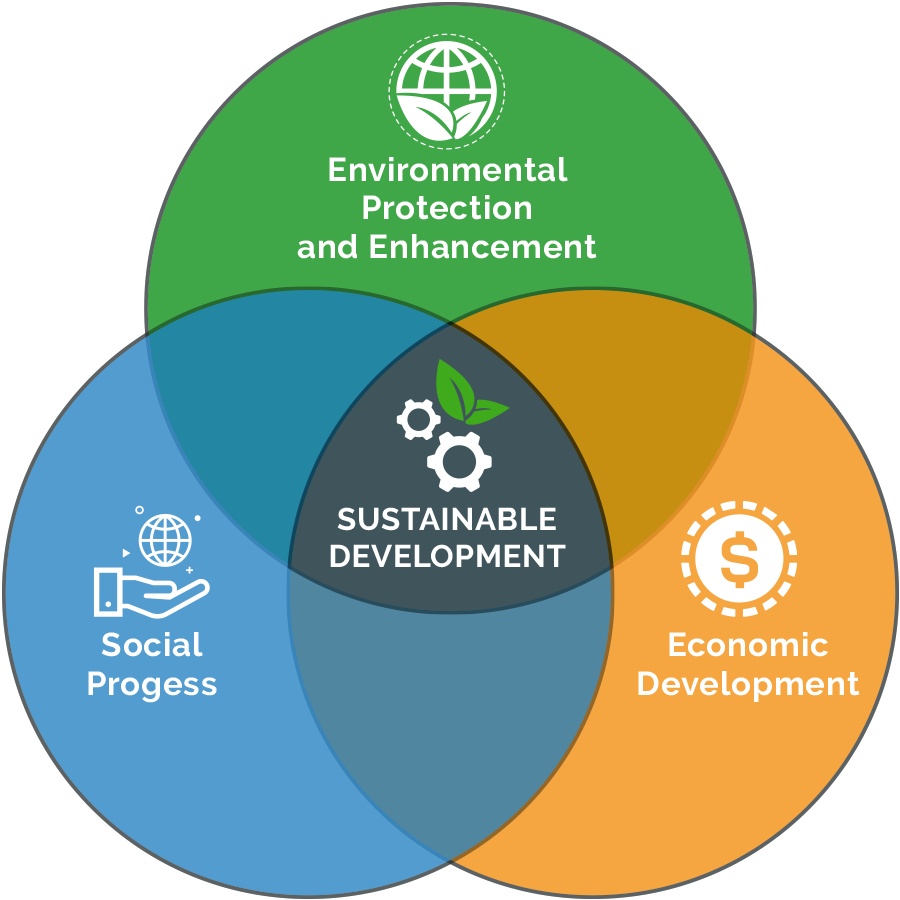
Sustainable development include:
- Environmental Sustainability:
- Utilizing natural resources in a way that does not deplete or harm ecosystems.
- Minimizing pollution and waste, and promoting conservation of biodiversity.
- Social Equity:
- Ensuring that development benefits all segments of society, leaving no one behind.
- Promoting social inclusion, human rights, and equal access to opportunities and resources.
- Economic Prosperity:
- Fostering economic growth that is inclusive, environmentally responsible, and socially beneficial.
- Supporting fair trade, responsible business practices, and the reduction of economic disparities.
- Inter-Generational Equity:
- Recognizing the needs and rights of future generations in decision-making processes.
- Preserving resources and ecosystems for the long-term benefit of all.
- Participation and Collaboration:
- Involving communities, stakeholders, and citizens in decision-making processes.
- Encouraging partnerships between governments, businesses, civil society, and the international community.
- Adaptability and Resilience:
- Building systems and infrastructure that can adapt to change, including climate change and other global challenges.
- Developing resilient communities that can withstand and recover from shocks and stresses.
- Cultural Respect:
- Acknowledging and respecting diverse cultural values and practices.
- Promoting the preservation of cultural heritage as part of sustainable development.
Sustainable Development Goals (SDGs):
The Sustainable Development Goals (SDGs) are a set of 17 global goals established by the United Nations in 2015 as part of the 2030 Agenda for Sustainable Development. These goals are designed to address various social, economic, and environmental challenges facing the world. Each goal has specific targets and indicators to measure progress. Here is a detailed overview of each Sustainable Development Goal:

No Poverty (Goal 1):
Target: End poverty in all its forms everywhere.
This goal aims to eradicate extreme poverty and reduce overall poverty through social protection systems and sustainable development policies.

Zero Hunger (Goal 2):
Target: End hunger, achieve food security and improved nutrition, and promote sustainable agriculture.
This goal focuses on ensuring access to safe and nutritious food for all, promoting sustainable farming practices, and addressing malnutrition.
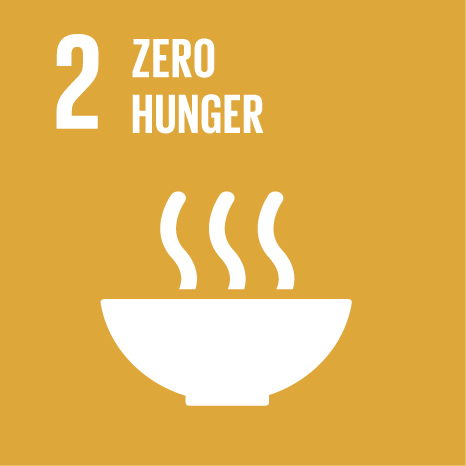
Good Health and Well-being (Goal 3):
Target: Ensure healthy lives and promote well-being for all at all ages.
This goal aims to reduce maternal and child mortality, combat communicable diseases, and ensure access to essential healthcare services.
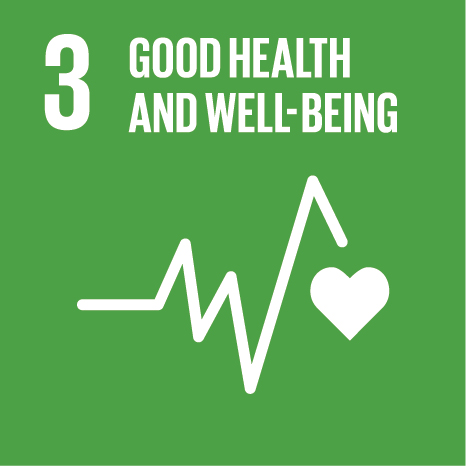
Quality Education (Goal 4):
Target: Ensure inclusive and equitable quality education and promote lifelong learning opportunities for all.
This goal emphasizes the importance of accessible, quality education for people of all ages, aiming to promote literacy, numeracy, and skills development.
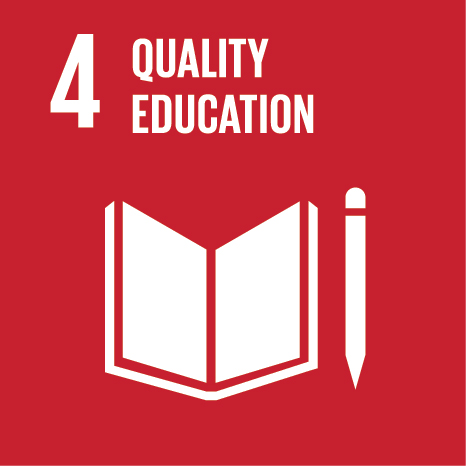
Gender Equality (Goal 5):
Target: Achieve gender equality and empower all women and girls.
This goal seeks to eliminate discrimination, violence, and harmful practices based on gender, ensuring equal opportunities and representation.
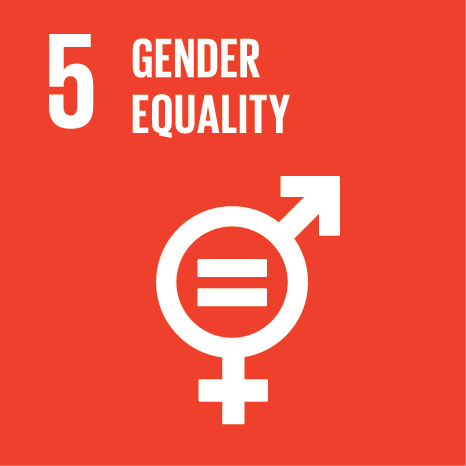
Clean Water and Sanitation (Goal 6):
Target: Ensure availability and sustainable management of water and sanitation for all.
This goal addresses issues related to access to clean water, sanitation facilities, and hygiene practices to prevent waterborne diseases.
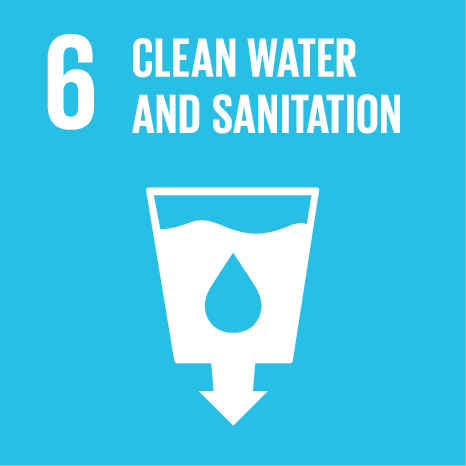
Affordable and Clean Energy (Goal 7):
Target: Ensure access to affordable, reliable, sustainable, and modern energy for all.
This goal focuses on expanding access to clean and renewable energy sources, promoting energy efficiency, and supporting sustainable energy practices.
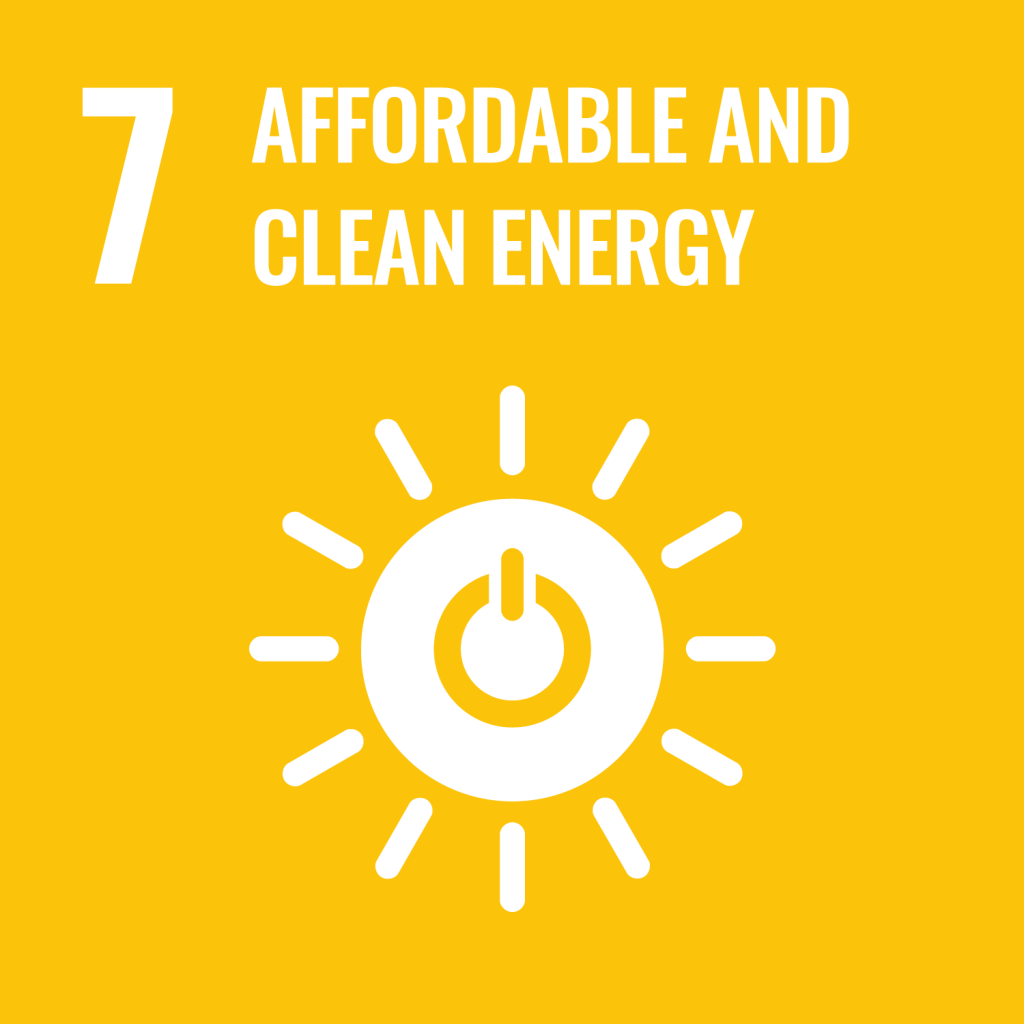
Decent Work and Economic Growth (Goal 8):
Target: Promote sustained, inclusive, and sustainable economic growth, full and productive employment, and decent work for all.
This goal aims to create jobs, foster entrepreneurship, and ensure fair labor practices to support economic development.
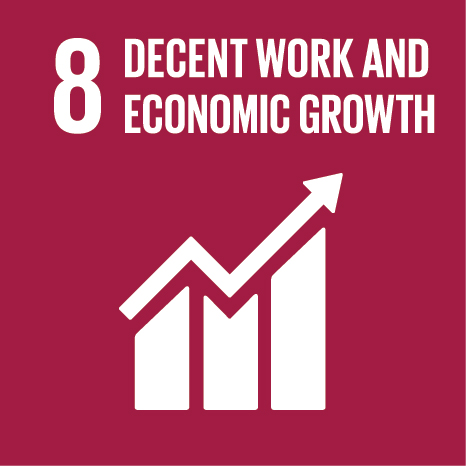
Industry, Innovation, and Infrastructure (Goal 9):
Target: Build resilient infrastructure, promote inclusive and sustainable industrialization, and foster innovation.
This goal focuses on developing reliable and sustainable infrastructure, supporting innovation, and fostering industrialization.
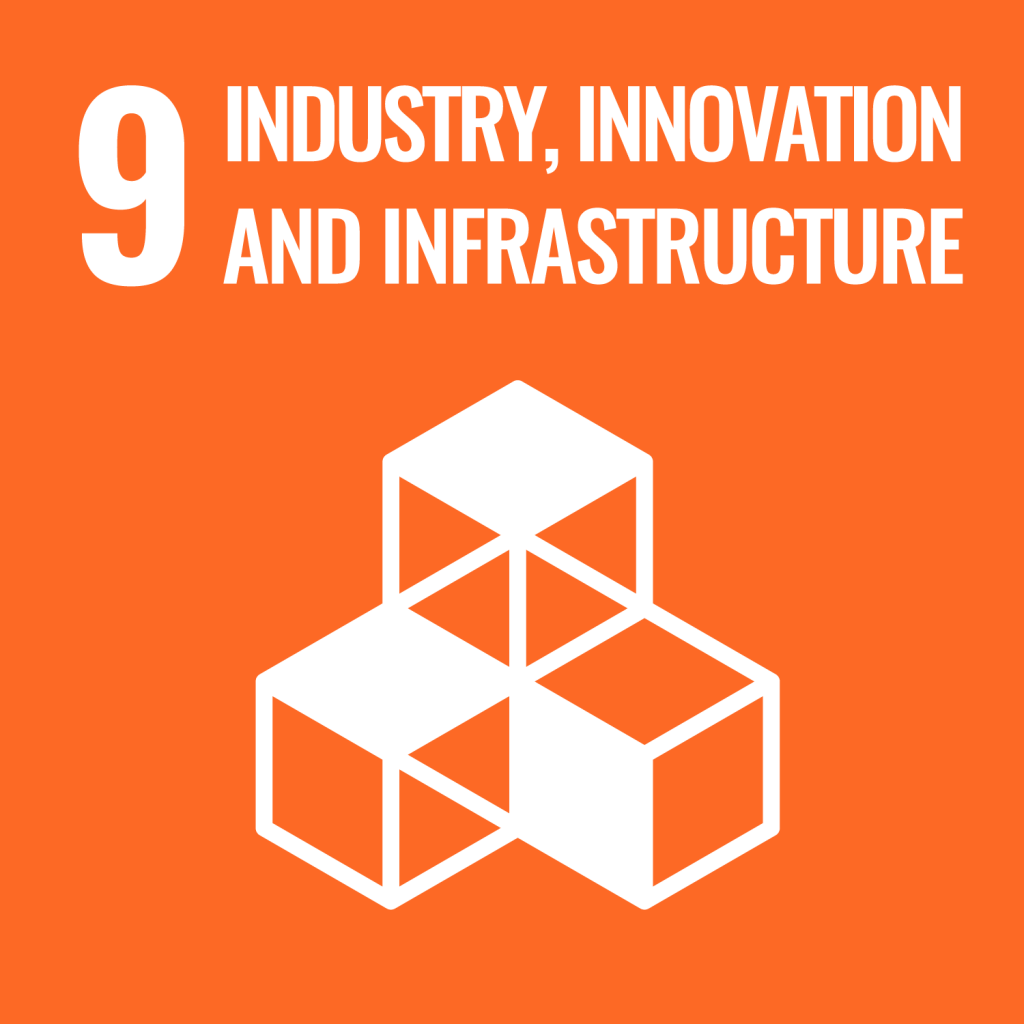
Reduced Inequality (Goal 10):
Target: Reduce inequality within and among countries.
This goal aims to address social, economic, and political inequalities, ensuring equal opportunities and outcomes for all.
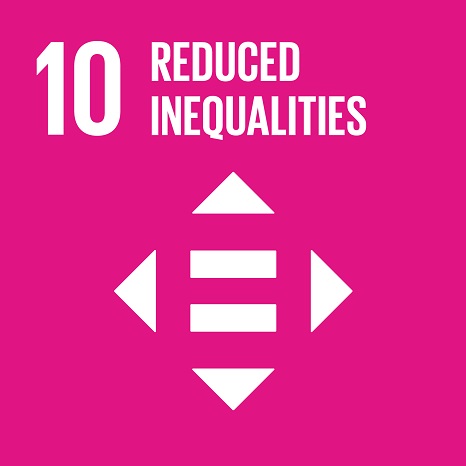
Sustainable Cities and Communities (Goal 11):
Target: Make cities and human settlements inclusive, safe, resilient, and sustainable.
This goal focuses on promoting sustainable urbanization, ensuring access to basic services, and improving the resilience of cities to environmental and social challenges.
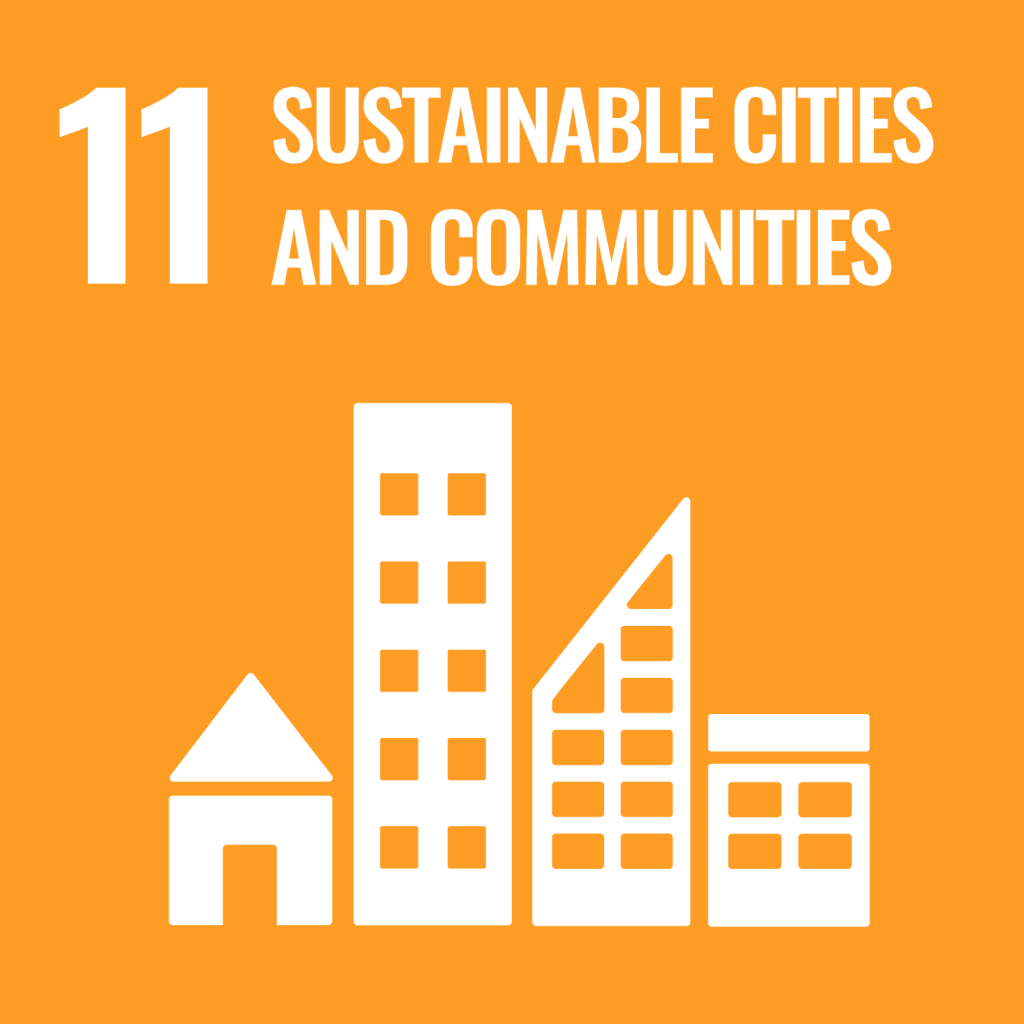
Responsible Consumption and Production (Goal 12):
Target: Ensure sustainable consumption and production patterns.
This goal promotes responsible and sustainable use of resources, reducing waste, and adopting environmentally friendly practices in production and consumption.
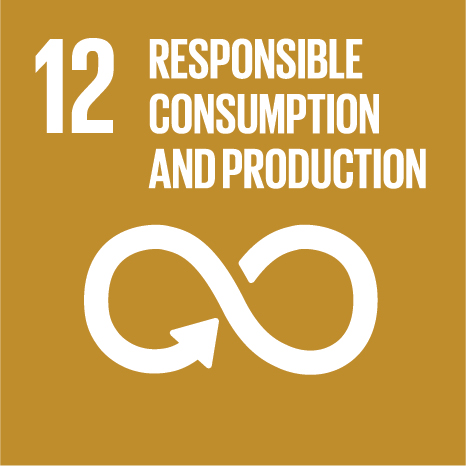
Climate Action (Goal 13):
Target: Take urgent action to combat climate change and its impacts.
This goal addresses the need to mitigate and adapt to climate change, reduce greenhouse gas emissions, and build resilience to climate-related disasters.
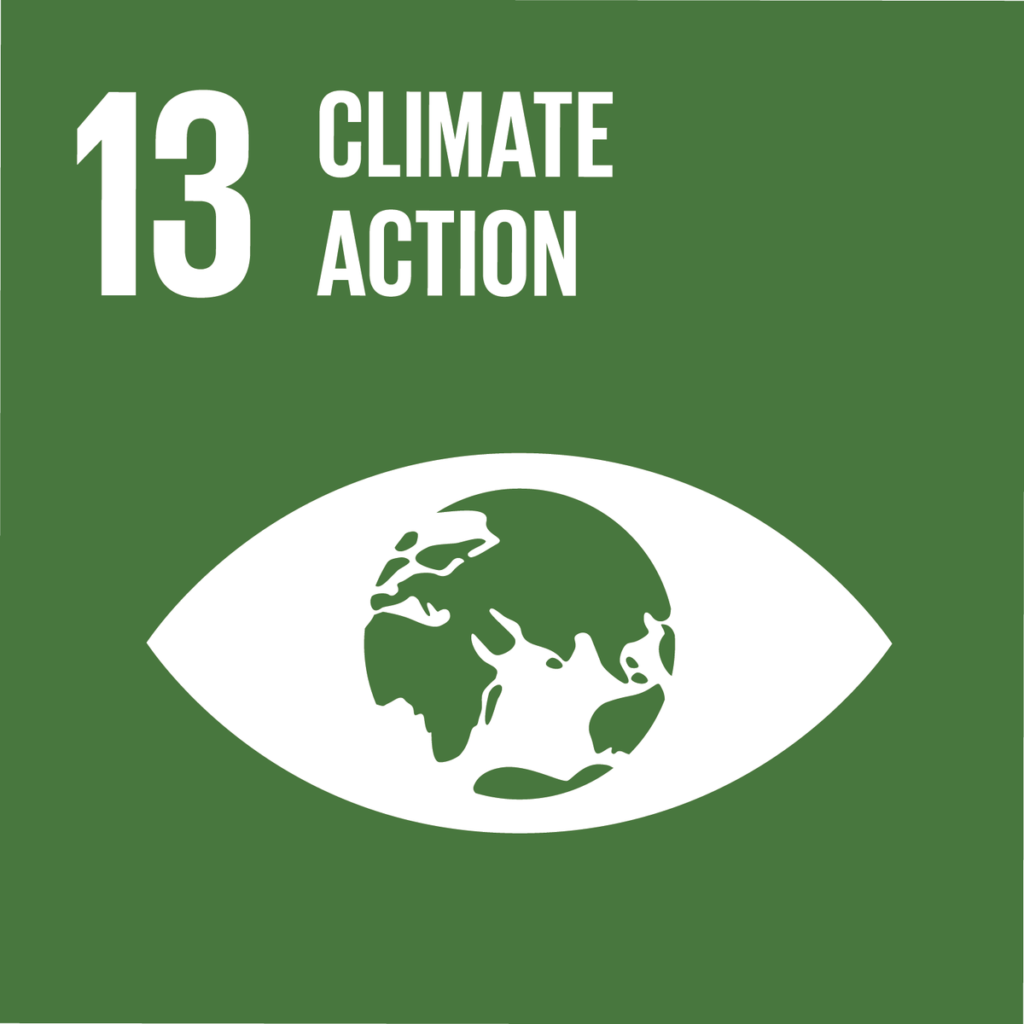
Life Below Water (Goal 14):
Target: Conserve and sustainably use the oceans, seas, and marine resources for sustainable development.
This goal aims to protect marine ecosystems, prevent overfishing, and address ocean pollution.

Life on Land (Goal 15):
Target: Protect, restore, and promote sustainable use of terrestrial ecosystems, sustainably manage forests, combat desertification, and halt and reverse land degradation and halt biodiversity loss.
This goal focuses on preserving biodiversity, preventing deforestation, and promoting sustainable land management practices.
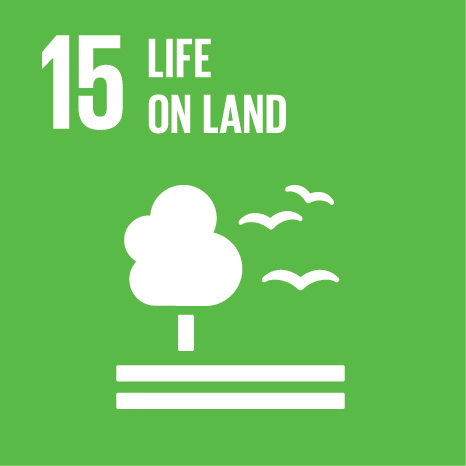
Peace, Justice, and Strong Institutions (Goal 16):
Target: Promote peaceful and inclusive societies for sustainable development, provide access to justice for all, and build effective, accountable, and inclusive institutions at all levels.
This goal addresses issues related to peace, justice, and governance, aiming to reduce violence, promote the rule of law, and ensure access to justice.
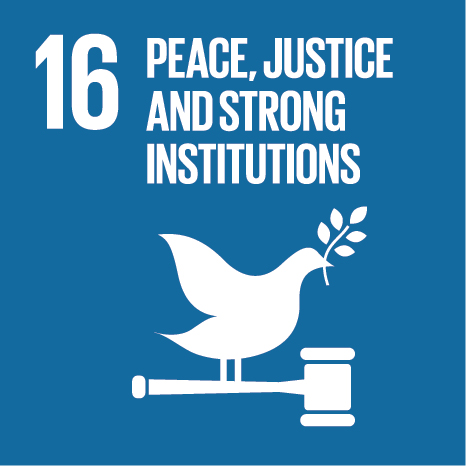
Partnerships for the Goals (Goal 17):
Target: Strengthen the means of implementation and revitalize the Global Partnership for Sustainable Development.
This goal emphasizes the importance of global cooperation, partnerships, and support for sustainable development efforts.
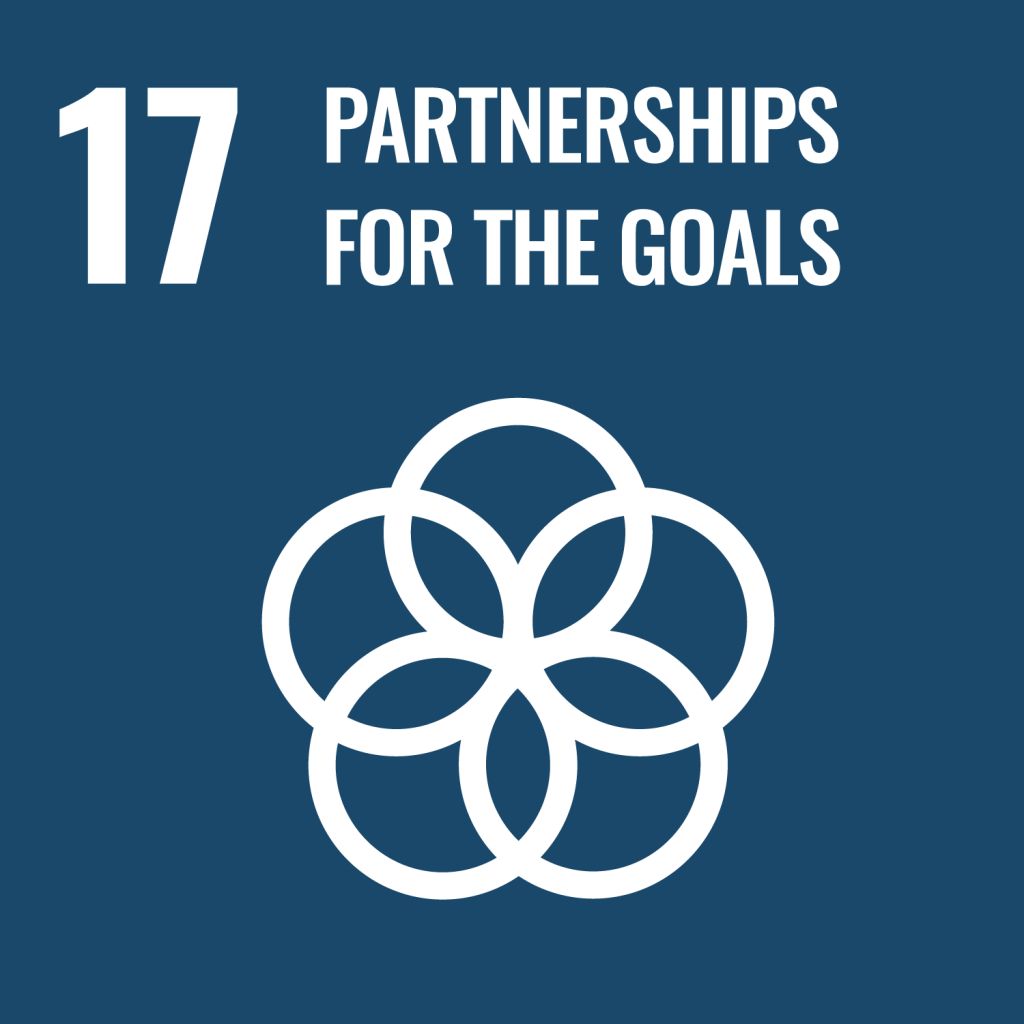
The SDGs are interconnected, recognizing that achieving one goal often involves addressing multiple dimensions of development. They provide a comprehensive framework for countries, organizations, and individuals to work together to build a more sustainable and equitable world.